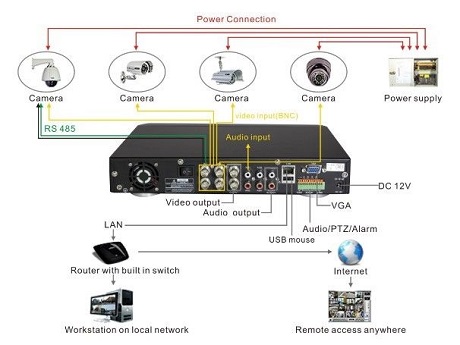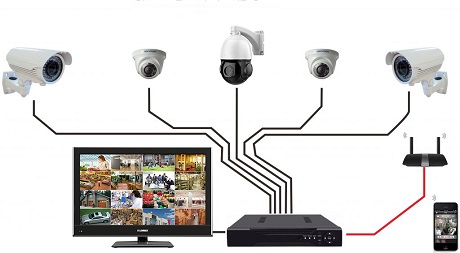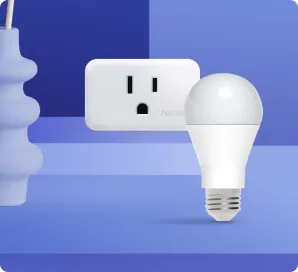When it comes to choosing a high-quality CCTV security system, there are numerous options available today. You may choose to use a standard analog system or an IP network-based security solution to protect your home or business.
Among the many similarities between these solutions is that you will almost certainly have to connect some form of cable to the cameras. You can also forego wires and opt for wireless CCTV security cameras, but they have some significant disadvantages.
When it comes to environments where dependability and protection are crucial, most CCTV professionals would probably advise against using a wireless system.
What Is A CCTV Camera Connection Diagram?

CCTV camera connection diagram illustrates the actual interconnections and structure of a power circuit and camera components or ports. It demonstrates the interconnectedness of the electrical wires and the potential locations for the connection of various fixtures and parts to the system.
The CCTV diagrams for security camera templates come pre-installed on most devices. Each symbol has numerous elements around it that you use to modify or move the security camera and cables into their respective places.
Surveillance Camera Installation Using CCTV Camera Connection Diagram
As indicated in the CCTV camera wiring diagram, when installing an entirely new DVR or NVR security system, it is likely to have the video and power wires come from a single point close to the storage device.Connecting Analog Systems
When connecting an analog camera, two wires must go through it-one to transmit video and another to supply power to the camera. Siamese Cable is a popular choice among CCTV specialists because it combines coax and power cables.
It is possible to separate the electrical wires from the wired connection if your electrical supply is not within easy reach of your video recorder.Connecting Network IP Systems
IP cameras transmit digital video over a CAT5 or CAT6 cable, depending on the model. Using a POE power source such as a POE injector or POE switch, you can typically run both the video and power from and to the camera on the same cables.
Although some NVRs include built-in POE, using an external POE switch is advisable. An exterior POE switch allows all of your cables to run straight out of each camera to a POE switch linked to your local network.
Most security cameras come with additional power cables, which is convenient for those that do not want to use POE. The extra wires can power IP cameras with 12v or 24v electricity. However, they will require A Non-POE switch and still run an additional set of power cables from the power source to every camera.Running the Cables
Decide where you want your recorder and power supply to go before running the cables. Some people keep them in a home office or a separate room for this purpose. Others choose to keep them in a safe place like a lockbox, a cupboard, or the attic.
Running your wire through an exterior wall and then using conduit on the exterior of your building is another alternative. The alternative also happens to be an excellent solution for those who do not have an attic or have limited access to one.
Mounting the CCTV Security Cameras

An excellent home security system comes with all necessary equipment, including one security camera or more and a CCTV camera connection diagram. A homeowner may have to drill holes in the wall to mount the camera, which is not an option open to everyone.
For example, if you are renting a house, the owner might not allow tenants to drill any holes into the wall. Luckily, there are ways to install a security camera without drilling holes.
After running the wires to the proper area, connect your camera. You can mount the CCTV security camera directly to the soffit where the cables come out of it. A junction box is commonly mounted when routing wires through a solid concrete or brick wall.
The weatherproof junction boxes protect your power and video cables from the outdoors while also providing a flat surface to mount your cameras.
Wrapping up
In every installation process requiring wires running from a power source to CCTV surveillance cameras, the manufacturer will usually provide a CCTV camera installation diagram to make installation easier.
With the chart, you do not even need the services of a professional installer to put up your security cameras. However, that is not to say that having a CCTV diagram to guide your DIY is not challenging. It would be more helpful if you knew about all the components you are connecting.


















